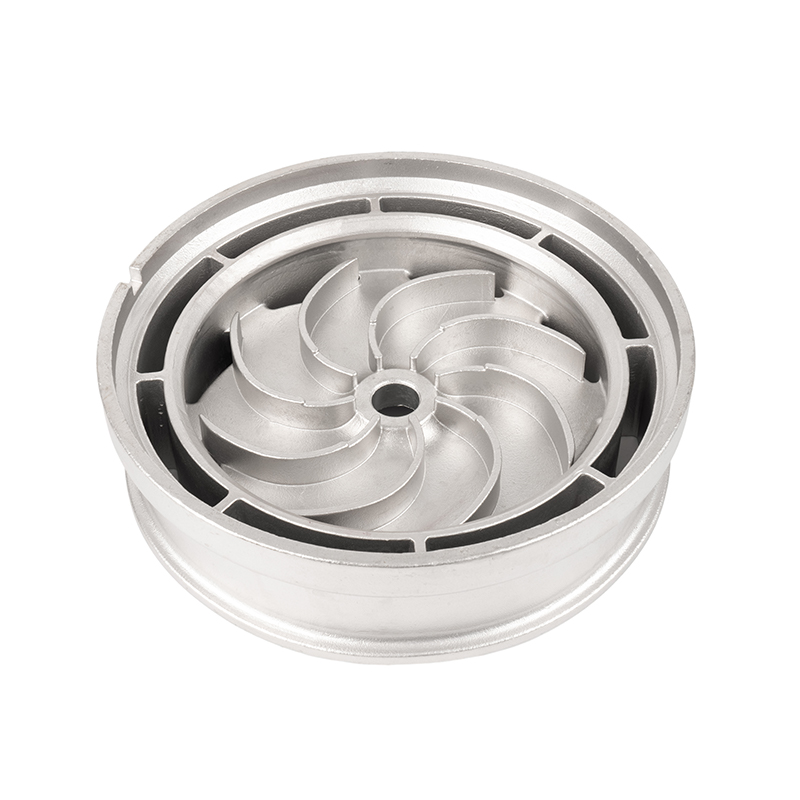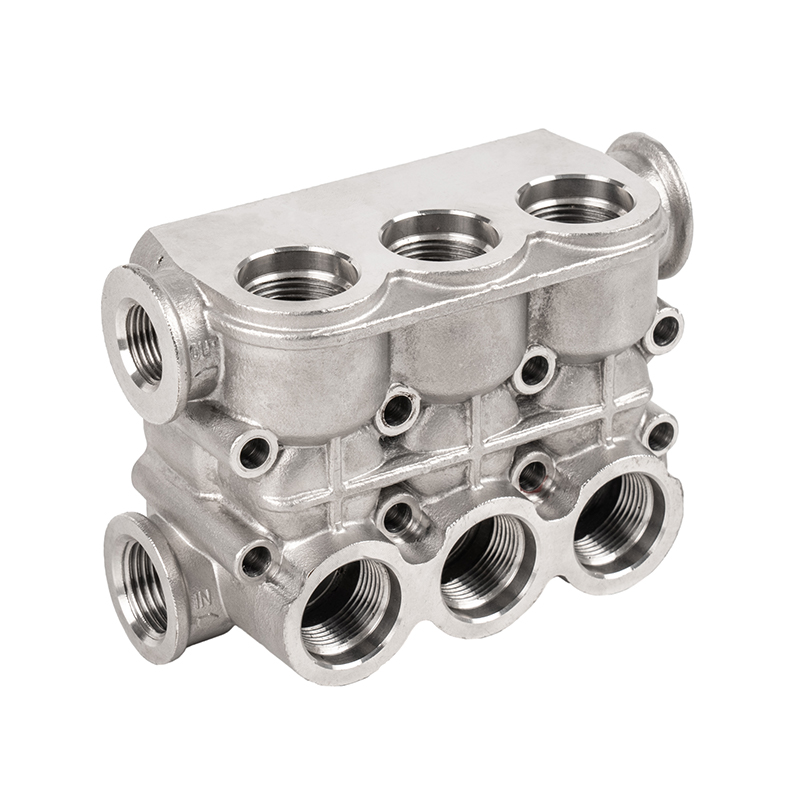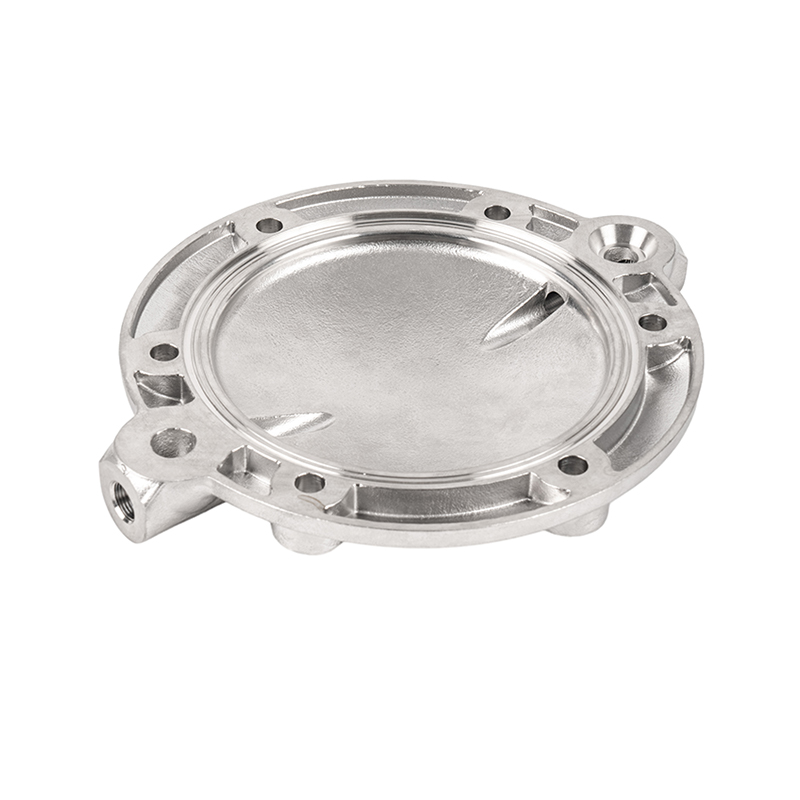The casting process of butterfly valve castings
Butterfly valve castings are indispensable key parts in the industrial field, and they play an important role in fluid control and regulation. In order to ensure the quality and performance of butterfly valve castings, a series of process steps are required.
First, the casting process of butterfly valve castings requires the preparation of suitable molds. The selection and production of molds are crucial to the dimensional accuracy and surface quality of castings. Sand casting is usually used, including mold design, mold making and mold debugging. Mold design needs to determine the structure and material of the mold according to the shape and size requirements of the butterfly valve casting. During the mold making process, the size and surface flatness of the mold need to be accurately controlled to ensure the accuracy and surface quality of the casting. Mold debugging is to verify the accuracy and stability of the mold, and to ensure the smooth progress of the subsequent casting process by adjusting and optimizing the mold.
Secondly, during the melting and pouring process, suitable casting materials such as stainless steel, cast steel, etc. need to be prepared. The selection of raw materials should be based on the working environment requirements of the butterfly valve casting, such as temperature, pressure, corrosiveness of the medium and other factors. The pretreatment process includes cleaning, preheating, etc. to ensure the purity and stability of the raw materials. During the smelting process, the smelting temperature and time need to be controlled to ensure the full melting and alloying of the raw materials. During the pouring process, the pouring speed and pouring temperature need to be controlled to avoid the generation of internal defects in the casting.
Next, cooling and solidification are the key links in the casting process, which directly affect the mechanical properties and organizational structure of the casting. The cooling and solidification process requires reasonable control of temperature and time to ensure the quality and stability of the casting. During the cooling process, the casting is gradually cooled to room temperature by controlling the cooling speed and cooling medium. During the solidification process, the crystal structure of the casting is improved and stabilized by controlling the solidification temperature and time. At the same time, temperature monitoring and control are required to ensure the quality and performance of the casting.
Finally, after the casting is completed, the butterfly valve casting needs to be processed in order to meet the accuracy and surface requirements of the product. The subsequent processing process includes trimming, sanding, machining and other links. Trimming is to remove burrs and residual sand on the casting to ensure its surface smoothness. Sanding is to improve the surface quality and appearance of the casting. Machining is carried out according to the specific requirements of the butterfly valve casting, such as aperture processing, thread processing, etc.


 English
English Español
Español русский
русский 中文简体
中文简体

















